Baby Steps toward Speed in 2012
[This post originally appeared on Where Books Meet Boats.] USA 30860 is packed up for the winter, headed to the Jibetech “Spa” for her annual fluff and buff. Who knows, she may even consent to a pedicure… but I doubt it. And now that the last regatta of the season is behind us, it’s time to look back on 2012 and see if the Cronin Sailing Team achieved our goals. In 2011, my Snipe teammate Kim Couranz and I went to Denmark for the Snipe World Championship—the first time in seventy years that a women’s team had qualified from the U.S. It felt momentous, and we put a lot of time and effort and money into doing the best we could at that one event. It was also a chance to show off the logo of our longtime sponsor, WAMIT, to some fresh eyes in northern Europe. And even though we didn’t make the first (or second) page of the results, it was all worth it.
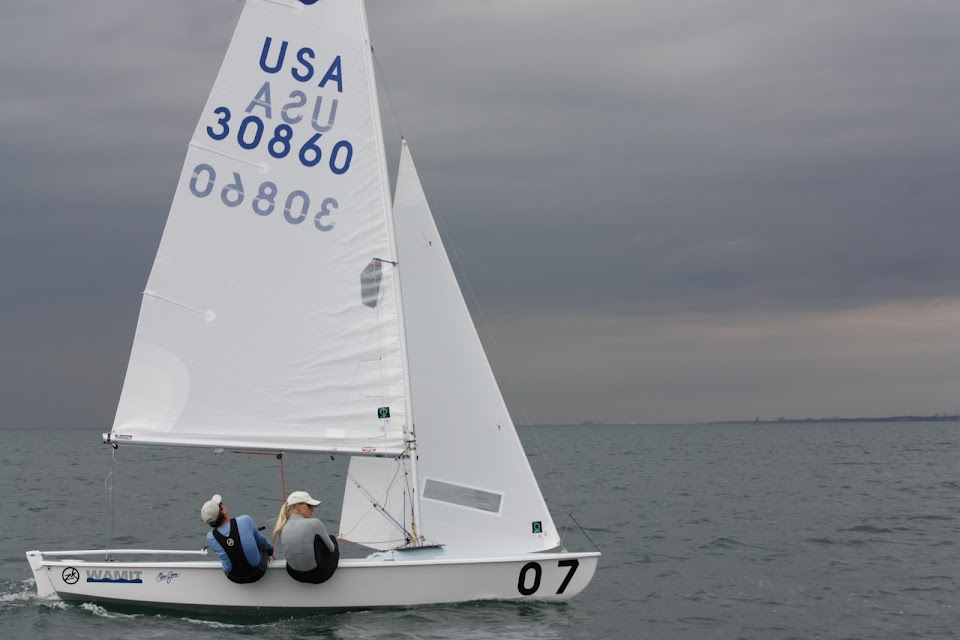

[This post originally appeared on Where Books Meet Boats.]
USA 30860 is packed up for the winter, headed to the Jibetech “Spa” for her annual fluff and buff. Who knows, she may even consent to a pedicure… but I doubt it. And now that the last regatta of the season is behind us, it’s time to look back on 2012 and see if the Cronin Sailing Team achieved our goals. In 2011, my Snipe teammate Kim Couranz and I went to Denmark for the Snipe World Championship—the first time in seventy years that a women’s team had qualified from the U.S. It felt momentous, and we put a lot of time and effort and money into doing the best we could at that one event. It was also a chance to show off the logo of our longtime sponsor, WAMIT, to some fresh eyes in northern Europe. And even though we didn’t make the first (or second) page of the results, it was all worth it.
After such a pinnacle regatta, it was more of a struggle to find a clear strategy for 2012. There was only one international regatta on our schedule (in Canada), so we signed WAMIT up for that event. But the rest of our sailing time was limited by other commitments. I helped run the US Women’s Match Racing Trials in May; Kim ran sixty miles in three days, at altitude, during the Transrockies Run in August. So way back in February, just before our first regatta, we established a very different strategy for this year: to make new mistakes at each event.
That may sound a bit backward or even negative, but what we meant was this: we wouldn’t go out and make the same errors over and over again, because that would be too frustrating. It’s simply impossible to sail a perfect race; there are too many variables. So we’d strive to minimize the repetition of those mistakes. And I’d say (based rather unscientifically on my notes and our conversations after sailing) that we achieved this goal.
We also set another more concrete goal to help us make those baby steps toward speed: to practice at least one day before each regatta. Since we live in separate places we don’t get a lot of practice time, and even five or six days of non-racing time would mean a lot. With two minor exceptions (due to factors mostly beyond our control), we achieved that one too.
It’s harder to see slow, steady progress, but I would argue that it’s what lasts. With constant but tiny tweaks to our tuning (mostly to our spreaders, for those who care about the details), our speed improved throughout the season. That made it easier to play with the “big boys” consistently enough that those guys started talking tactics with us back on shore. Asking the right questions helped us figure out what we could be doing better, and before turning out the light each night I’d try to capture in my notes everything I’d learned that day.
We also debriefed after each race and at the end of the day, chewing over the mistakes we had made and doing a hindsight replay to see how we could’ve handled a situation better. Looking back at my notes from earlier regattas, we were asking different questions at the beginning of the year. And one note from Kim was definitely achieved by our final event: “If I have an opinion, I need to voice it.”
We never got accusatory with each other, and I never felt judged (even after I’d really screwed up a start). That gave us the confidence to bring up items for discussion that otherwise might have been swept under the keel. We worked together as a team, earning a reputation on and off the race course for laughing more than anyone else. Best of all, we represented WAMIT well, and we’re very grateful for their support. I can’t wait until next year.
Thanks to Tara Levy and Ted Morgan for the photos.
Comments for this post are closed

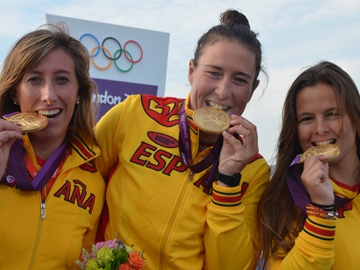
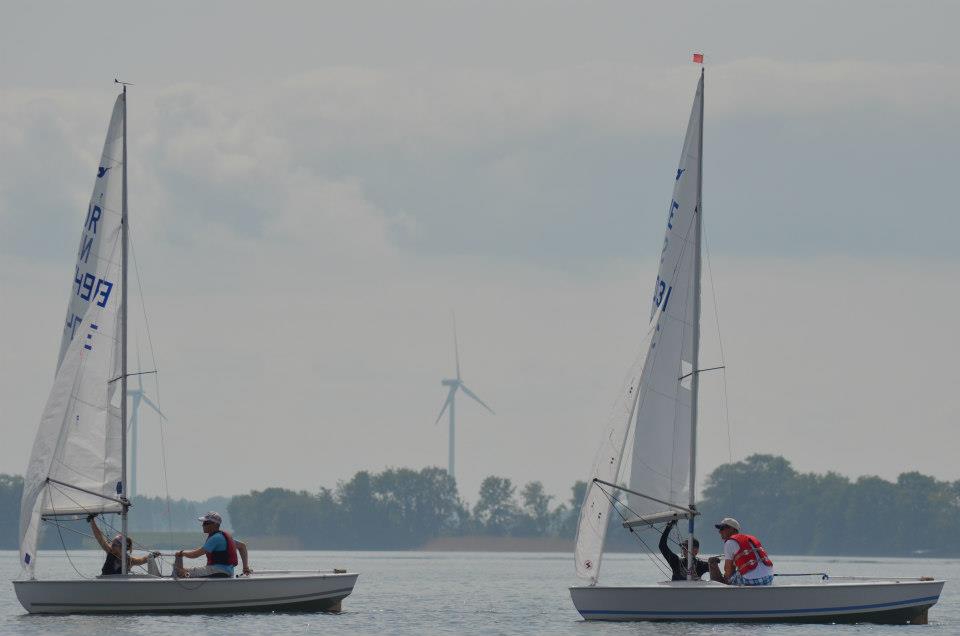
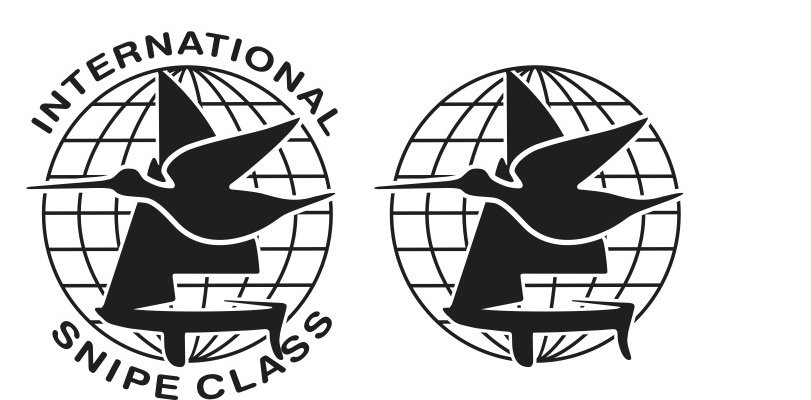
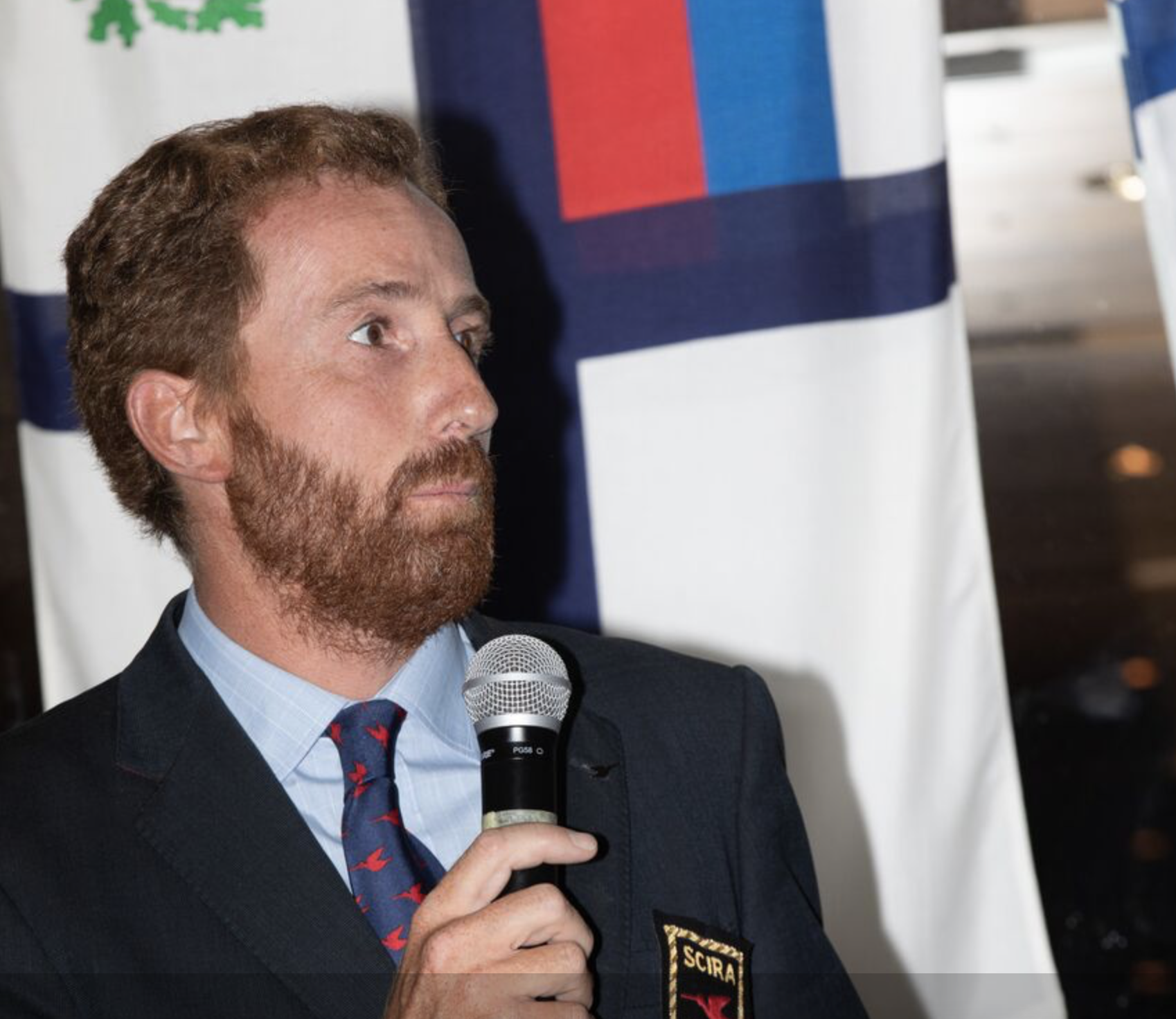
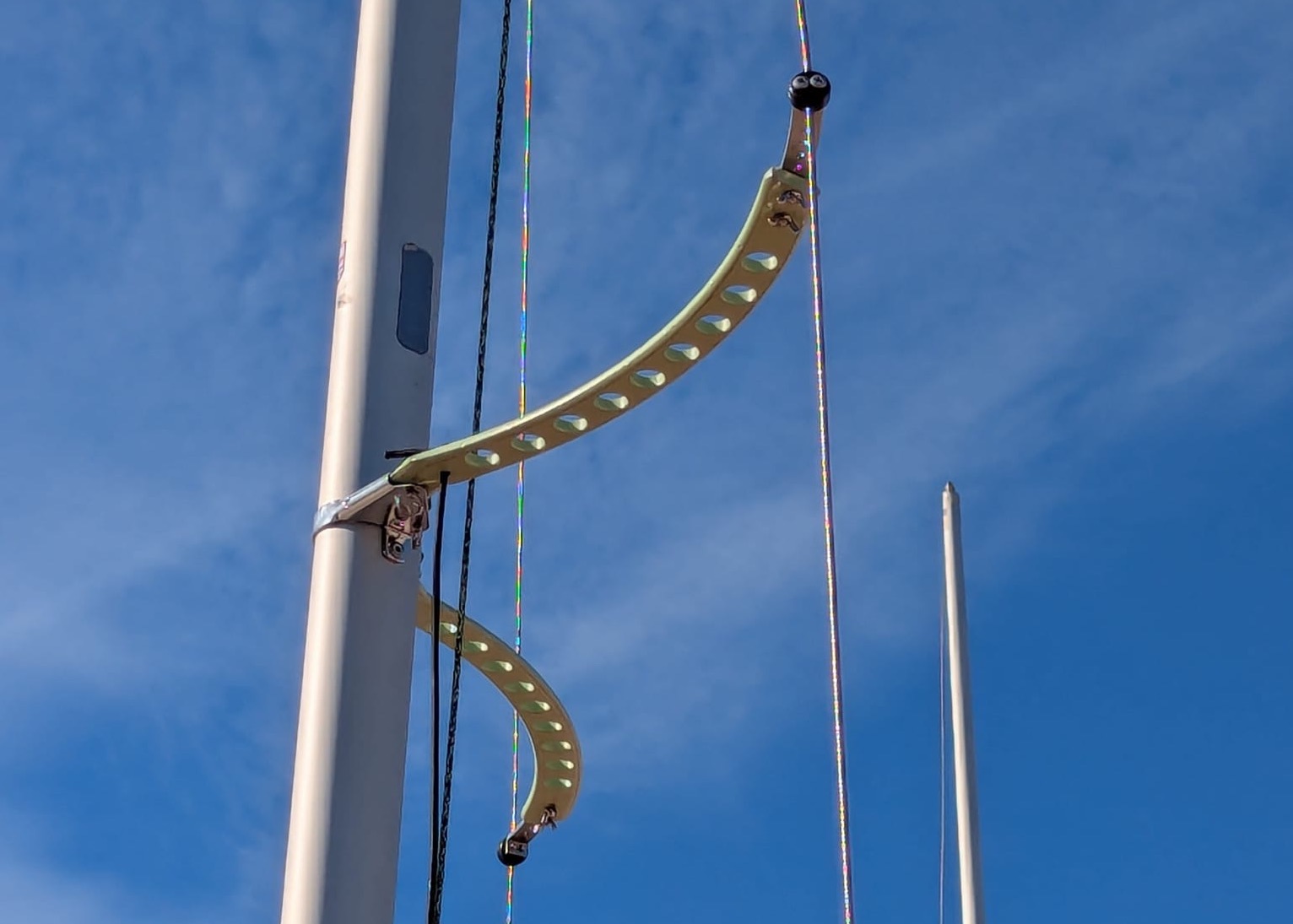
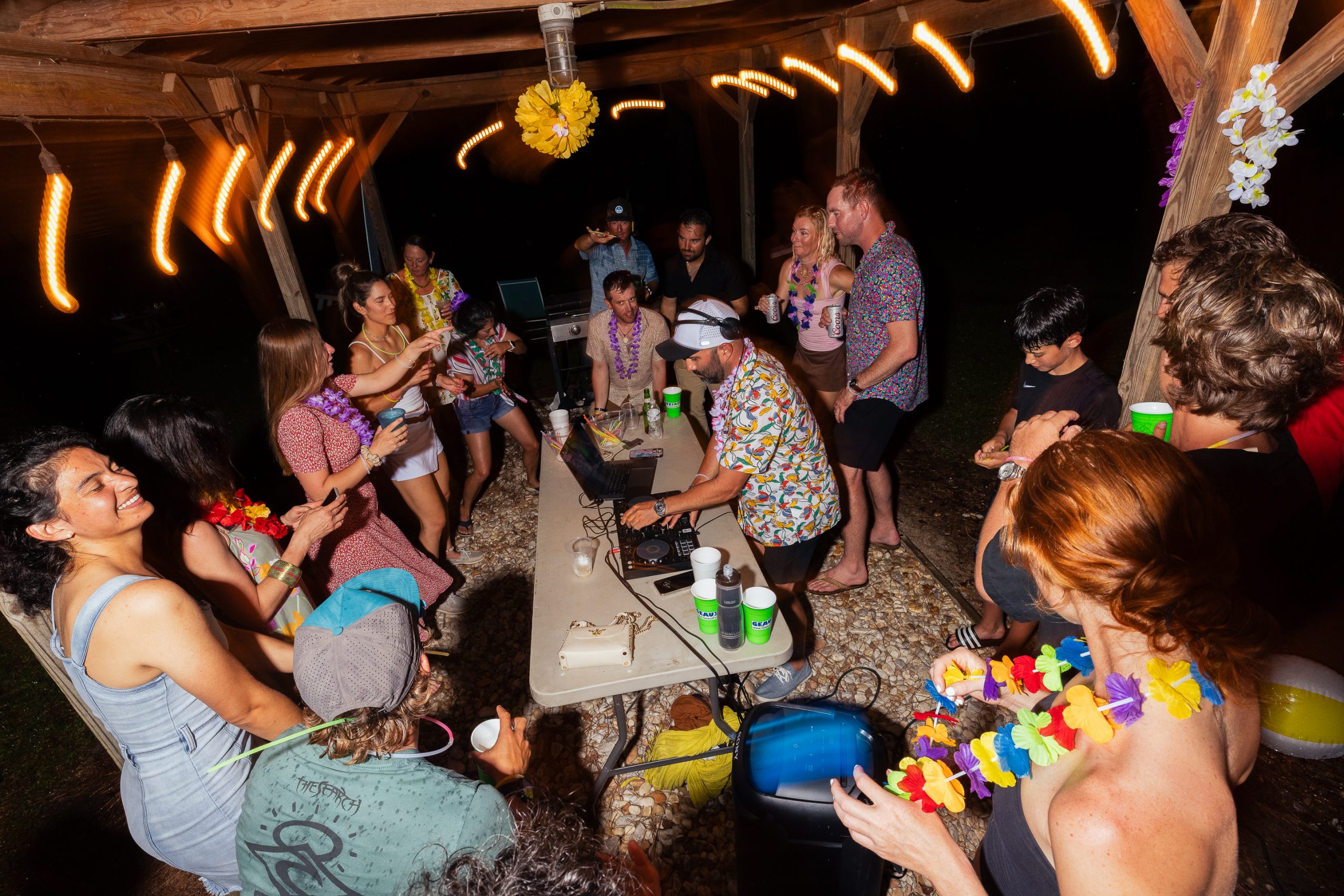

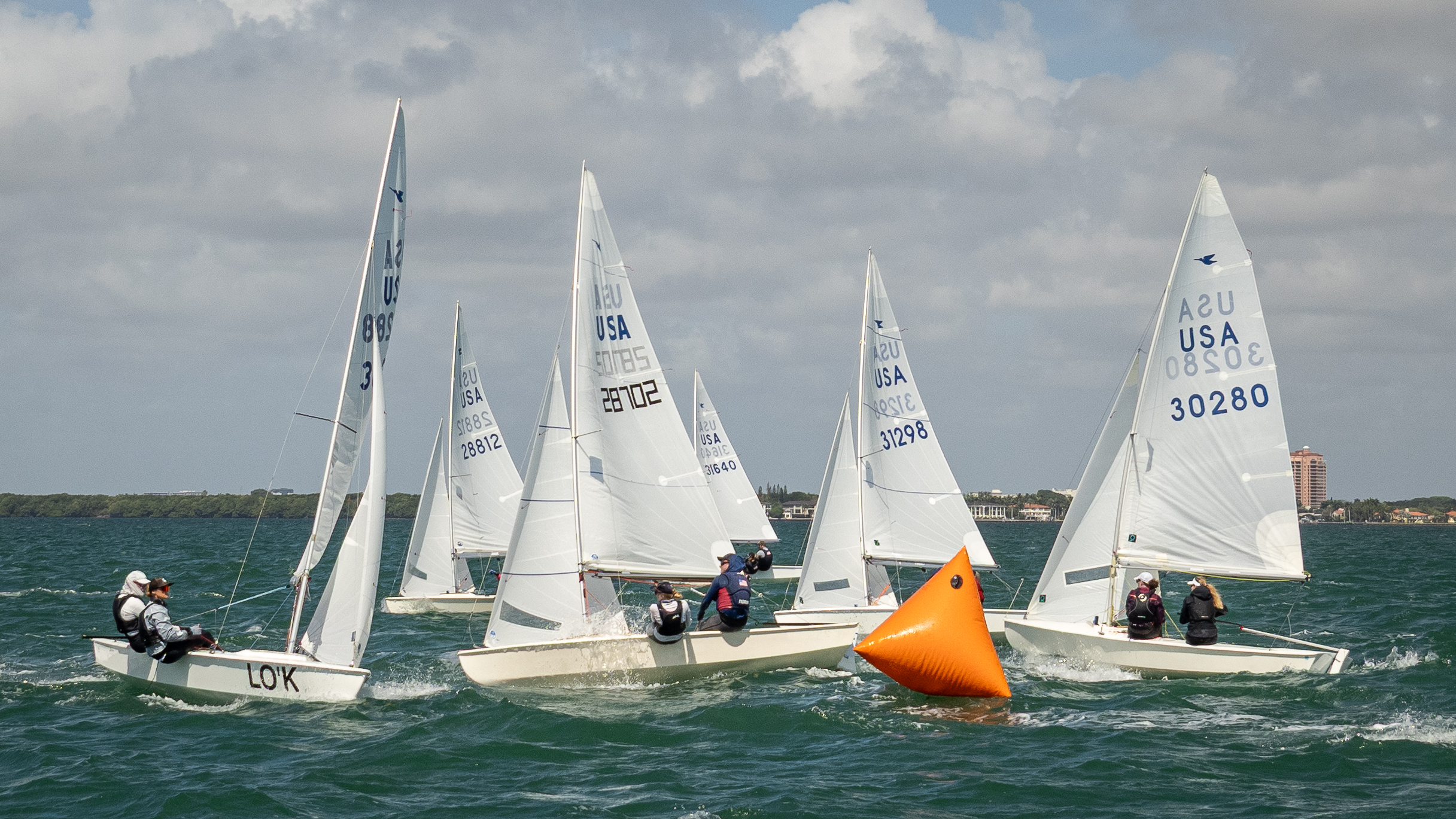
1 comment
Tara Levy
Great article Carol. Nice to see you and Kim working together so well and doing well as a result. I had fun watching you two in Toronto! I really like Kim's strategy of "If I have an opinion, I need to voice it" It's crucial for both parties to continue to learn with and from each other. Great job girls. See you on the water soon!! :)
Leave a reply
Your email address will not be published. Your comment will be revised by the site if needed.